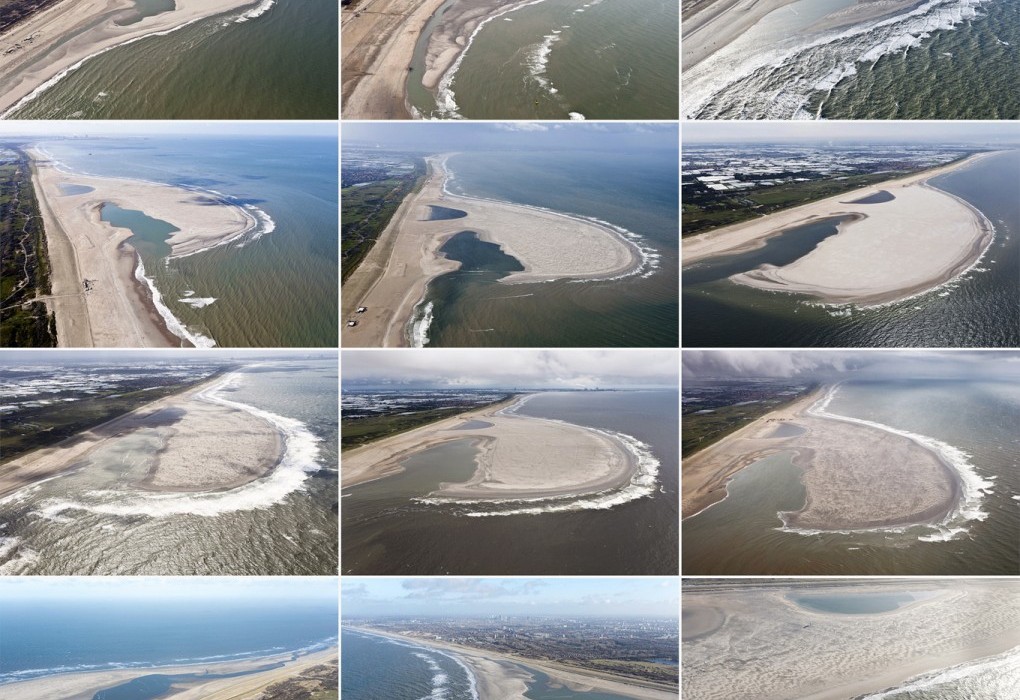Environmental change is constant, although it is not always perceptible or predictable. Landscape designers grapple daily with this problem, and many now focus their practice on designing for adaptation to change. In Projective Ecologies, Chris Reed and Nina-Marie Lister trace the ecological turn in the biological and earth sciences as it reverberates across the humanities and design fields. Landscape architects and planners have followed ecologists “toward a more organic model of open-endedness, flexibility, resilience and adaptation, and away from a mechanistic model of stability and control.”
Qualitatively different landscapes can and do manifest upon a single geographic terrain. And yet, most of us — designers included — imagine migration as the movement of isolated things (fish, birds, people) against a fixed background (the Klamath River, Pacific Flyway, U.S.-Mexico border). We know that environmental conditions are always changing, but we allow ourselves the fiction of background stability. When we limit our thinking in this way, our political and design responses are circumscribed. (Allot water rights. Designate a wildlife refuge. Build a wall.) Not surprisingly, they often fail.
I would like to assert a more relational definition of migration as patterned movement across space and time. We can then look beyond the movement of individuals or species to the migration of landscapes. A landscape migrates when its unique assembly of components — the materials, entities, and actors that define it — shifts such that, over time, a new assembly forms. Qualitatively different landscapes can and do manifest upon a single geographic terrain.
We are now well into a geologic era — the Anthropocene — characterized by the acceleration of environmental change. Landscapes are changing faster (moving farther) than ever before. Understanding this phenomenon as landscape migration can help us observe these processes and effects. The material, ecological, and social frameworks that structure the landscape — its infrastructures — are the primary mechanisms by which landscape migration occurs and the avenues of intervention for designers and planners who wish to influence trajectories of environmental change.

